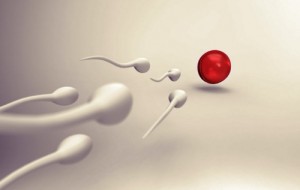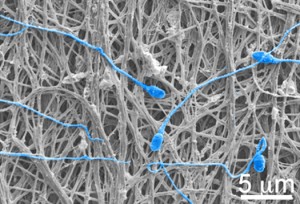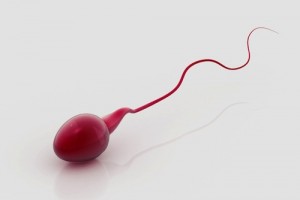 NEW YORK (Reuters Health) – Saturated fats, like those found in rich cheeses and meats, may do more than weigh men down after a meal – a new study also links them to dwindling sperm counts.
NEW YORK (Reuters Health) – Saturated fats, like those found in rich cheeses and meats, may do more than weigh men down after a meal – a new study also links them to dwindling sperm counts.
Researchers found that young Danish men who ate the most saturated fats had a 38 percent lower concentration of sperm and 41 percent lower sperm counts in their semen than those who ate the least fat.
“We cannot say that it has a causal effect, but I think other studies have shown that saturated fat intake has shown a connection to other problems and now also for sperm count,” said Tina Jensen, the study’s lead author from Rigshospitalet in Copenhagen.
The new research is not the first to connect diet and other lifestyle factors to sperm production and quality.
In 2011, Brazilian researchers found eating more grains – such as wheat, oats or barley – was associated with improved sperm concentration and motility, and fruit was also linked to a speed and agility boost in sperm (see Reuters Health story of November 18, 2011 here: http://reut.rs/TBfCrA).
But that study and most others looked at these associations using data on men seeking fertility treatments, which may not be representative of all men. Read full article.






